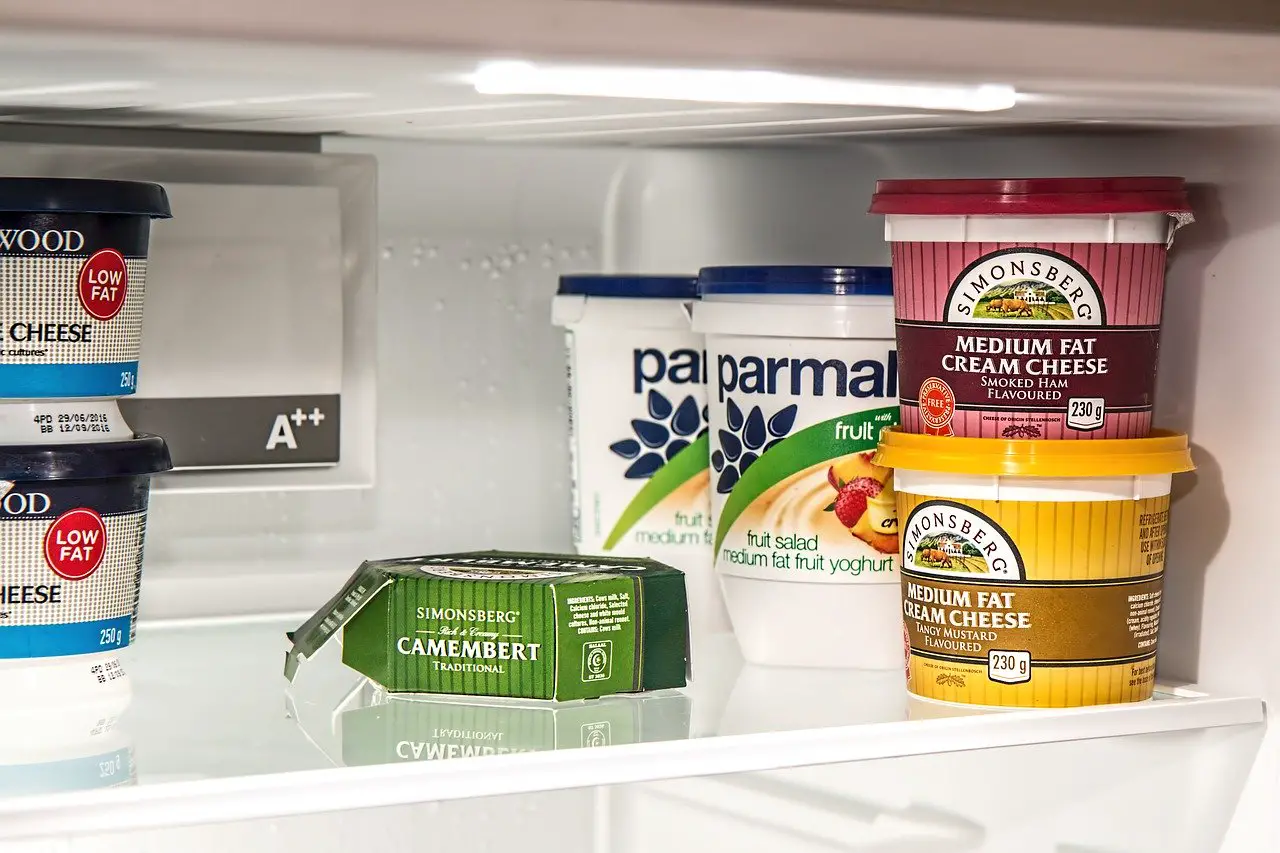There are many myths about how to best freeze thaws. One of the most persistent myths is the refrigerator method where the food slowly gets thawed in the fridge overnight. The low temperature certainly keeps the bacteria in check, but quite frankly, how often do you have time to leave food lying down and thaw for several hours in a stressful everyday life? Furthermore, research shows that it is better for the food to thaw quickly. Keep up with the myths that you should always thaw food in the fridge.
Fast down and up in temperature for juicy food and better taste
Research from the Department of Agriculture and Food at Research Institutes of Sweden indicates that food is best served by a quick freeze and thaw. The reason is the ice crystals that form as the temperature changes; the slower the temperature change, the larger the ice crystals, which destroys the cells in the food. Broken cells mean that the food leaks fluid, which in turn makes the food dry and dull.
Research at the molecular level
By looking at the food in a microscope it has been seen that the water molecules tend to form the largest ice crystals when the temperature is just below zero. Therefore, foods that are frozen or thawed should be passed as quickly as possible past that temperature phase to minimize damage to the food cells. In the refrigerator, the food is thus far too long in the “dangerous” temperature range, which allows the ice crystals to grow large.
Thaw meat and fish in a bowl of cold water
According to the researchers, the best method for thawing meat and fish is to put the food in an airtight bag in a bowl of cold water. Water conducts heat better than air, which speeds up the defrosting process. But as soon as the food is thawed it should either be cooked directly or into the fridge to prevent the growth of bacteria.
One tip is to vacuum-pack food before freezing. Because the vacuum-packed plastic bag closes tightly, the water will heat the food without having an “air cushion” in between that prevents the heat from being transferred to the food.
Frozen vegetables can be cooked directly from the freezer
For vegetables it is actually even easier. Here you can just toss the vegetables directly in boiling water without thawing first. The quick warm-up means that vegetables hold the strain better than if they are thawed first.
If you have a steam oven you can also preheat the oven and then place the vegetables directly from the freezer. The cooking in steam is gentler than cooking, which means that the vegetables retain more vitamins and nutrients.
Avoid thawing in hot water
In a stressful everyday life it can be tempting to use hot water instead of cold water for thawing to go even faster. But you should try not to. The reason is that the surface of the food quickly thins and becomes warmer than the inside, creating a breeding ground for bacteria. During the time it takes for the inside of the food to thaw, the bacteria can multiply in the lukewarm temperature on the surface.
Emergency solution: thaw in the microwave and cook immediately
if it were that the stomach or the kids are screaming for hunger, the need has no law. Then micron can be the fastest option. If you thaw in the microwave then you should cook the food immediately afterwards because cooking starts already in the microwave. But it seems quite natural if the family is fussy about food even before the frozen goods have been removed from the freezer.
